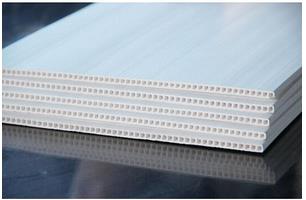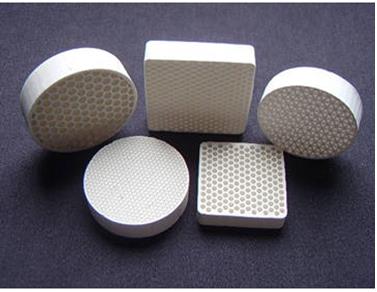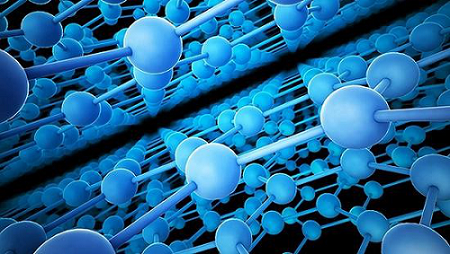What Are the New Ceramic Membrane Materials?
The ceramic membrane shows unique advantages in many demanding applications for their high temperature, high pressure, and corrosion resistance. In the fields of petrochemical, food, medicine, environment, energy, and metallurgy, it has become one of the fastest developing and most promising varieties.
Traditional ceramic membrane materials such as alumina, zirconia, and titanium oxide have limited their further application in modern industries due to their high cost and few types. Therefore, the development of new and cheap ceramic membrane materials is of great significance to the application and popularization of ceramic membrane technology.
At present, the research on new ceramic membrane materials mainly focuses on two aspects. Synthetic ceramic membrane materials: mainly silicon carbide, mullite, cordierite, graphene, and ceramic fiber; Natural ceramic membrane materials: mainly natural zeolite, fly ash, and kaolin.
Synthetic ceramic membrane materials
* Silicon carbide
Silicon carbide has the advantages of high strength, high thermal conductivity, corrosion resistance, oxidation resistance, and low price, it can maintain good thermal stability and chemical stability under harsh conditions and, so it is one of the choices to develop ceramic membrane materials.
![]()
The preparation methods of silicon carbide ceramic membrane mainly include extrusion molding and flow ducting molding. Compared with traditional ceramic membrane materials, silicon carbide has a lower sintering temperature and higher mechanical strength and has a broad application prospect in high-temperature and high-pressure system.
* Mullite
Mullite is the only stable binary crystalline compound in the Al2O3-SiO2 system, which can be prepared by thermal decomposition of aluminum silicate or high-temperature reaction between silica and alumina. It has attracted more and more attention due to its acid-base resistance, low thermal expansion coefficient and high melting point. Compared with traditional ceramic film materials, mullite ceramic membrane has higher porosity and stronger alkali resistance.

* Cordierite
The theoretical chemical composition of cordierite is 2MgO-2Al2O3-5SiO2, which belongs to the hexagonal crystal system and six-membered cyclic silicate crystal. Due to its low thermal expansion coefficient and high decomposition temperature, as well as its advantages of low production cost and large output, it has attracted more and more attention in the development of ceramic membrane materials. Compared with alumina ceramic membrane, cordierite ceramic membrane has better alkali corrosion resistance, lower sintering temperature, and lower preparation cost.

* Ceramic fiber
Ceramic fiber not only has the inherent characteristics of high-temperature resistance, good chemical stability and long service life of ceramic material but also has the advantages of high porosity and specific surface area of fiber material.
In the process of membrane making, ceramic fibers, due to their own fiber shape characteristics, are piled up randomly among fibers to form high porosity, and the total porosity can exceed 70%. The total porosity of the ceramic fiber membrane was nearly twice that of the ceramic particle membrane, which effectively increased the membrane flux and reduced the permeability resistance.
Some researchers used titanium dioxide nanofibers as raw materials to prepare double layer TiO2 membranes on alumina supports by dipping slurry method. By adding sols in the fiber layer to promote the adhesion between fibers, the formation of defect holes was reduced. Under the sintering temperature of 480 ℃ with the pure water flux is 1000L/m2.h.bar, intercept molecular weight is 32000, and the performance of the membrane is far more than the traditional ceramic membrane.
* Graphene
Graphene, also known as "monolayer graphite sheet", refers to a dense layer of carbon atoms wrapped in the honeycomb crystal lattice. Carbon atoms are arranged in a two-dimensional structure, which is similar to the monolayer of graphite. Graphene is the only two-dimensional Free State atomic crystal found at present. Its theoretical specific surface area is up to 2600 m2/g, and it has outstanding thermal conductivity and mechanical properties, so it has attracted more and more attention.

Natural ceramic membrane materials
* Zeolite
Natural zeolite has a special porous structure, developed specific surface and abundant hydroxyl on the surface. Processing natural zeolite into ceramic separation membrane can not only reduce the production cost of separation membrane the but also provide a new choice for the preparation of ceramic membrane.
* Fly ash
Fly ash is the waste and by-product of the thermal power plant, which causes serious pollution to the environment. The content of Al2O3 and SiO2 in fly ash reaches 8.65%, and excellent properties such as high fire resistance, low thermal expansion coefficient, good chemical stability and thermal stability of mullite can be formed after high-temperature sintering. Therefore, fly ash can prepare ceramic membrane with excellent performance and realize recycling.
* Kaolin
Kaolin (Al2O3-2SiO2-2H2O), also known as hydrated aluminum silicate porcelain clay, is an important non-metallic mineral resource, which has attracted more and more attention in the field of ceramics because of its low price and superior performance.









